After coming to central Kenya I was delighted to meet civilization again. The guesthouse was clean and had running water, even providing hot showers in the morning. Restaurants displayed menus containing much more than just two meals and the first supermarket I entered to offered probably a broader choice of products than I had found in entire Ethiopia.
Well, someone could say that I should travel in Europe if such things matter. But I am not afraid of wilderness and spartan conditions. I had enjoyed the deserts and the simple life there. What I was tired of, was the contrast between beautiful, populous land and its' striking underdevelopment and lack of choice, which I had experienced in the previous country. I did not hesitate before recharging my batteries with yoghurt, sweets and ice-cream.
I also discovered quickly that Internet in Kenya was available via mobile phone and the price was not too high. With the power deficiency and blackouts happening often, the net was more available than the electricity. Also the cheapest guesthouses rarely offered sockets in the rooms, but for 1.25 USD I purchased a device that solved the problem once and for all.
After two days of rest and eating well in Isiolo, I left in the usual direction: southwards. The second peak of Africa lay ahead. Climbing to about 2100m, I had a short glimpse at its' summit before the clouds covered it again. The only glimpse in a week, as I would learn.
Taking the less popular eastern route I wanted to avoid traffic. Still there were lots of cars. On asphalted roads I could finally see that Kenya was a left side driving country, however that rule was not applied too strictly. There I really appreciated the way of driving in Ethiopia, where drivers were usually careful and did not speed too much. Here it was crazy. Overtaking just before peaks of hills or on blind curves was a common practice. The clearance left by the overtakers was precariously small, but at least they tried to keep it non-zero.
The slopes of Mount Kenya were covered by greenery and hosted huge areas of tea plantations, coffee and bananas. They looked quite similar to what I had seen south of the Ethiopian lakes, just the number of people was at least tenfold smaller. And almost no one begged.
English is one of the two official languages of Kenya and I found most of the people speaking it very well. I was happy to be able to communicate again and talk more than just names of foods and numbers. I could finally understand the news on TV, as some of the channels were in English and some in Swahili.
On the slopes of the huge mountain my speed was severely limited by the constant ups and downs, and the rains. The wet season downpours usually came in the afternoon, but there was of course no fixed timetable for that. Finding a place to stay before dark clouds broke down was the priority, as the rain came merciless and turned roads into rivers in just a few minutes.
The towns of Meru, Chuka and Embu were my stopovers and in the latter I witnessed no more rain. The massif of Mount Kenya, like a magnet, attracted clouds which kept it hidden and moist for all the time. The location on the slopes determined the amount of rainfall. In Meru the northern district, in which I stayed, received every day a few hours more of precipitation than the centre, just 4km downhill.
A memorable moment came just after leaving that town. For the first time in my life I crossed the equator. It happened at 37°38'39"E. Arriving there on a bicycle, across three continents, makes it much more satisfying. The equator, however, was not marked in any way and without the GPS I would have believed that it was around a kilometer further, where someone put a sign announcing it. Perhaps the owners of nearby bar (called “Equator”) moved the border between hemispheres closer to their business, in order to attract visitors?
After a break in Ethiopia, tea again became my habitual drink. However in Kenya it is absolutely different to what I had known from Muslim world. It always comes with milk and the price ranges in between 0.12-0.40 USD. The best one is infused in pure milk, with no water added. Soon I was drinking six to eight mugs per day, making it a source of not only water but also sugars and proteins.
The accommodation in Kenya looks cheap and good. Virtually every village has a guesthouse of some kind. With prices ranging from 2.50 to 5 USD per night it is not worth pitching a tent, while shower or at least a bucket with water was there, together with a bed and electricity. Also, food at nearby eatery would land on the table within few seconds, being usually cheaper than anything I could cook from ingredients bought at a shop. Also finding a spot for good camping does not seem to be easy. The population density is high, most of the terrain is divided among private properties and the occasional wild patches are usually overgrown by acacia and other thorny bush, which would certainly wreak havoc in my equipment, especially tyres and tent.
I tried, however, to sleep for free once. The place was a mission and friendly caretaker and choir leader opened the church for me. In exchange I shared the supper with him and everything looked fine, except for that I had to play a role of a pious Christian, which I am not. I left on the Sunday morning before the sun rose, to be far away when a mass started, just to avoid embarrassment of displaying my inability to do even a proper cross sign.
Having plenty of time before a scheduled meeting in Nairobi, I decided to visit remote countryside. Off the road to Garissa I rolled into sandy roads leading along a small mountain range.
The bush came there again. I found the area to be completely divided between private owners, with fences made of thorny shrubs and dry branches. Few times a day a small village appeared, giving opportunity to sip a tea.
The people there were quite shocked to see a white man, who – to make the picture even more unbelievable – rode a bicycle instead of flashing in a speeding car. Nobody could recall the last time they saw a mzungu in that area. Enough to say that some school children escaped into the bush when they noticed me. People could hardly believe that the purpose of my visit was “just travelling” and in a small town of Mutitu three police officers came to the guesthouse I stayed at. Somebody alarmed them about a strange visitor, and such event could not pass without checking while Kenyan army was fighting in Somalia. The black-whte headscarf I wore probably made my appearance even more suspicious. Since Ethiopia it had been a reason of questions if I was a Muslim.
In Kitui I stopped for two days. With no rain for over a week and not much of clouds in the sky I suffered from sunburn again. The sunscreen did not seem to help and the doxycycline, which I had been taking as malaria prophylaxis, probably made the situation worse. Anyway, my nose and hands were again in lamentable condition.
After next two days on sandy countryside roads, I arrived to the Nairobi-Mombasa road. Connecting the capital with the biggest port and Kenya's second city, it is perhaps the most deadly place in entire country. Fortunately I had just to cover a few kilometers on it, before turning into a road leading straight to the foothills of Africa's highest mountain.
To see the snowy peak of the giant volcano, I had to wait another day in a town of Kimana. Then I could take a photo marking exactly one year since I had left home. From Norway to Kilimanjaro – a big piece of world, isn't it?
The road to the capital was much smoother than I had expected. I crossed the northern end of the Masai Steppe and entered green hills surrounding Nairobi, to approach it from the western side. Villas marked the landscape divided between vast private properties, which became smaller and smaller as I approached the city.
Nairobi welcomed me with high walls topped with electrical fences, which surrounded every property – a clear sign that the bad fame for crime was something real. However, the western districts, where I plan to stay for a few days, seem quite friendly thanks to greenery and silence – things very rare in African cities.

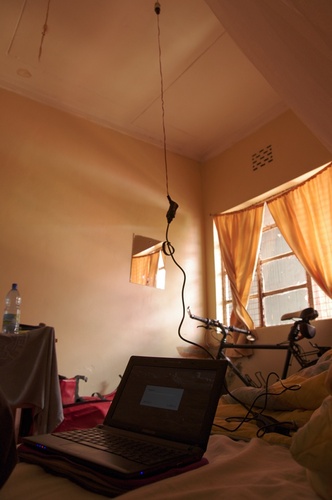
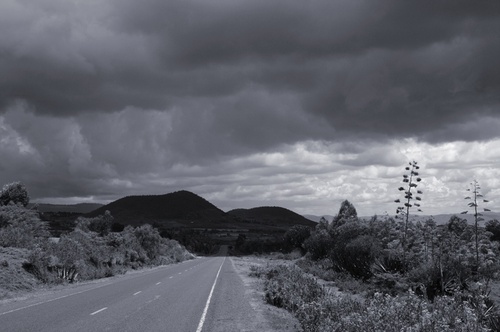
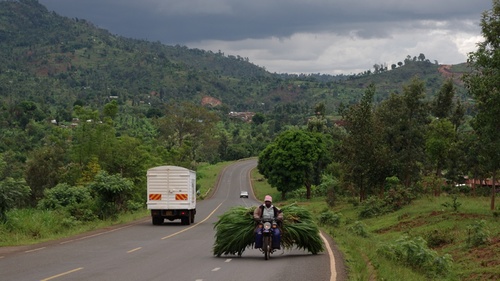
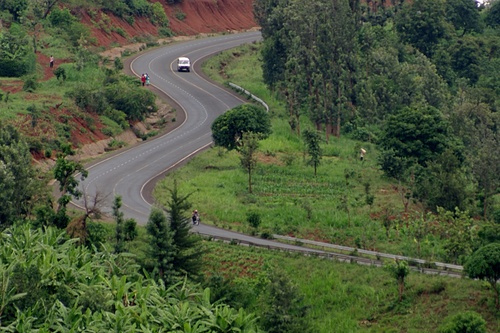
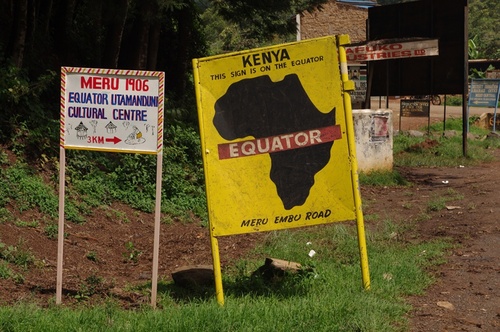
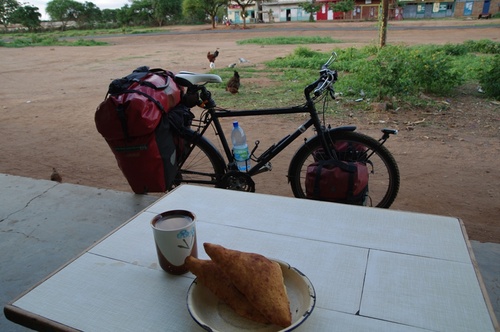
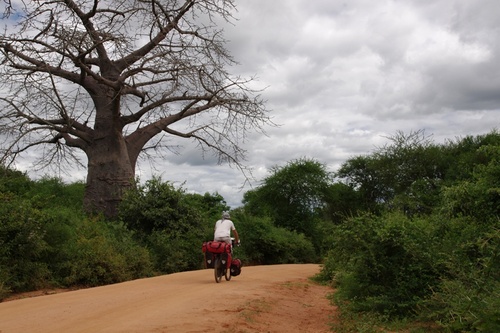
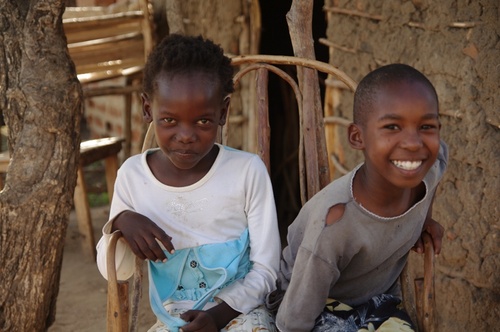
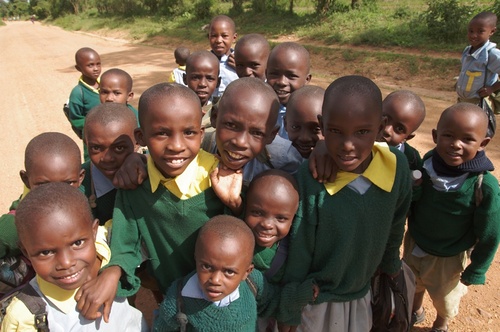
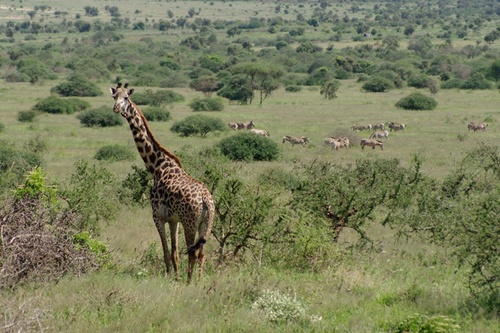
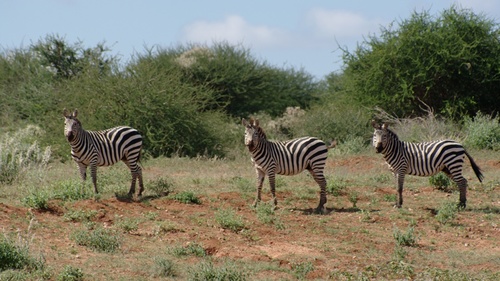
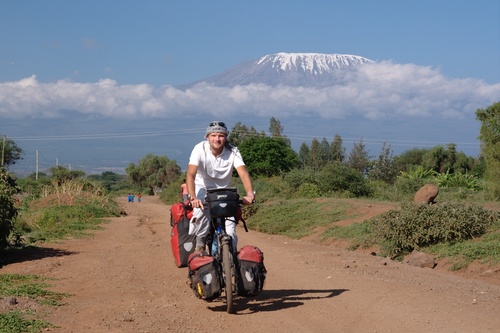
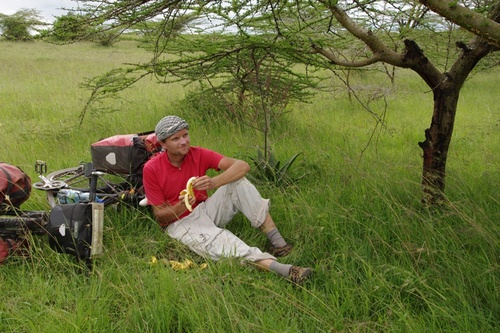
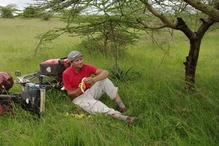
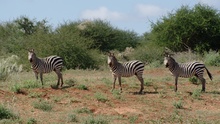
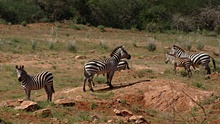
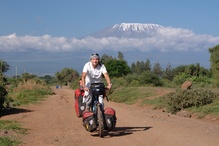

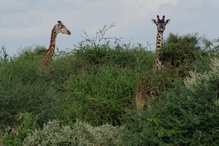
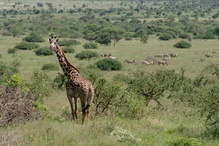
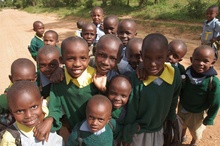
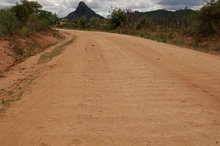

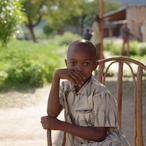
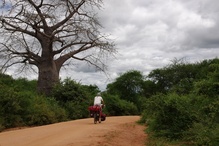
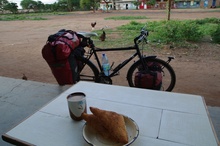
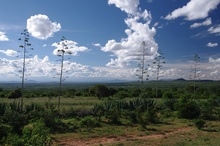

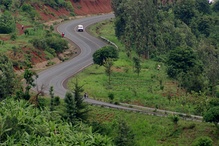
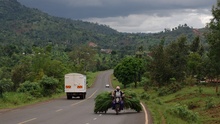
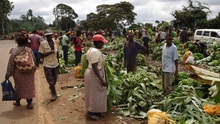
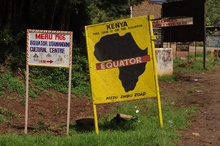
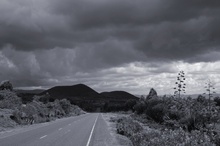
Comments:
siostra
mama
Równika gratulujemy!!!
mumum
gratuluję równika i rocznicy :D
Ania
Baaardzo czekałam na kolejną relację z podróży :)
Wojtek
Marta i Waldek
Magda
Z zapartym tchem przeczytalam opis Twojej podrozy po Kenii.
Link do Twojego bloga dostalam od mojego znajomego- Norwega. :)
Mieszkam z rodzina w Tanzanii- w Moshi.
Gdybys przypadkiem przejezdzal przez okolice to chetnie zapraszam na herbate. Karibu sana mzungu :)
Szczegoly moge podac na priv.
Gratuluje odwagi.
Pozdrawiam